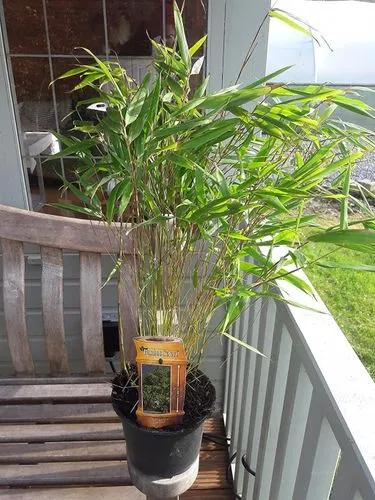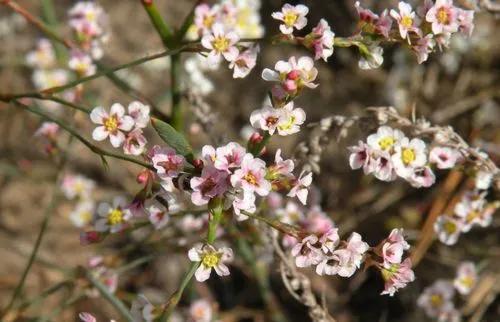Lolium rigidum is an annual grass that grows in open tussocks. It has fibrous roots and can grow up to a metre tall. The plant form is usually erect but may be prostrate. The stems are often geniculate (with a knee-like bend) and are purplish at the base. The leaves are 5 to 25 cm (2 to 10 in) long, and 3 to 5 mm (0.12 to 0.20 in) wide; the upper surface is glossy dark green, flat and hairless with longitudinal veins, and the underside is shiny and smooth.
Annual Ryegrass Care
Lolium rigidum



The young leaves are rolled when in bud, the auricles are small and the ligule is white and translucent, wider than it is long. The unbranched flower spike is up to 30 cm (12 in) long, with the spikelets on alternating sides and edgeways-on to the rachis (stem), pressed into recesses in the stem.
The spikelets bear up to twelve florets, mostly with a single glume, with only the terminal floret having two. The glumes are up to three-quarters the length of the spikelet; their outer surface is finely ribbed with longitudinal veins. There is no awn, the lemma is oblong and has five nerves and the palea is a similar shape with two nerve and a few fine hairs. The three anthers are yellow. Invasive in southern Australia.
How to Care for the Plant

Popularity

31 people already have this plant 2 people have added this plant to their wishlists
Discover more plants with the list below
Popular articles






